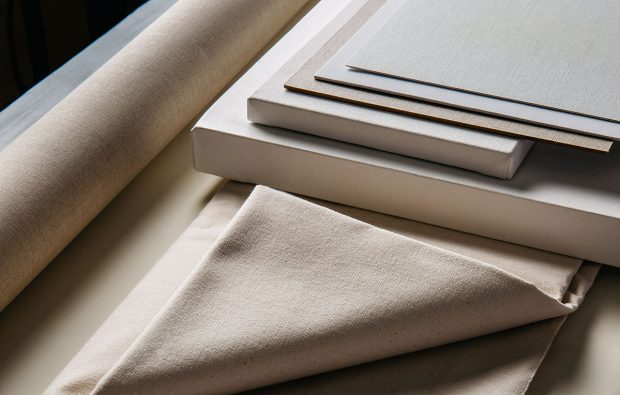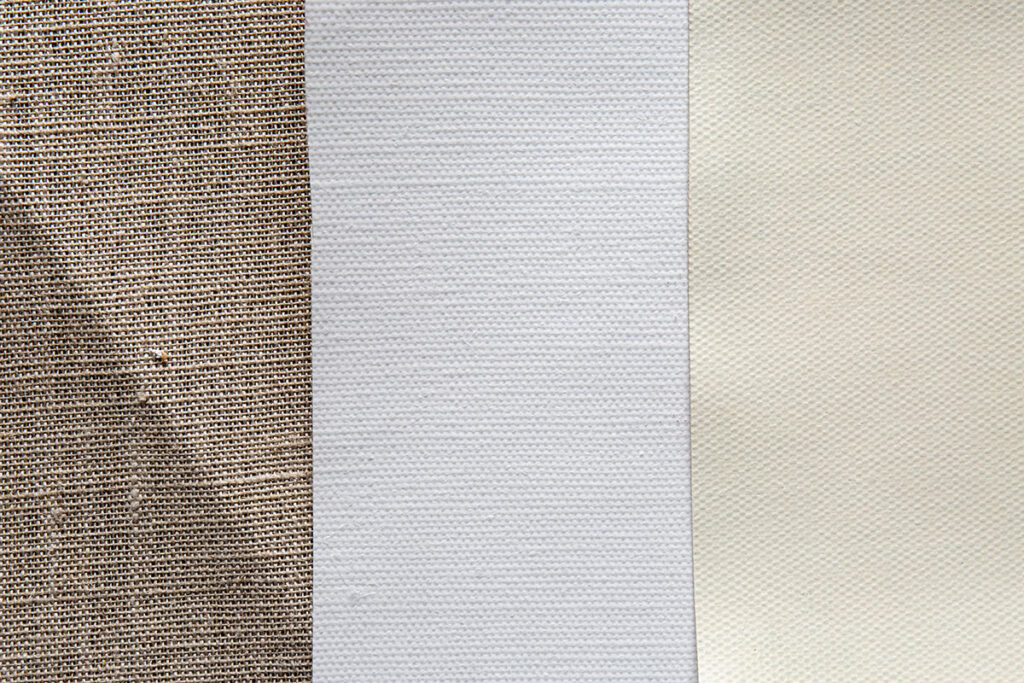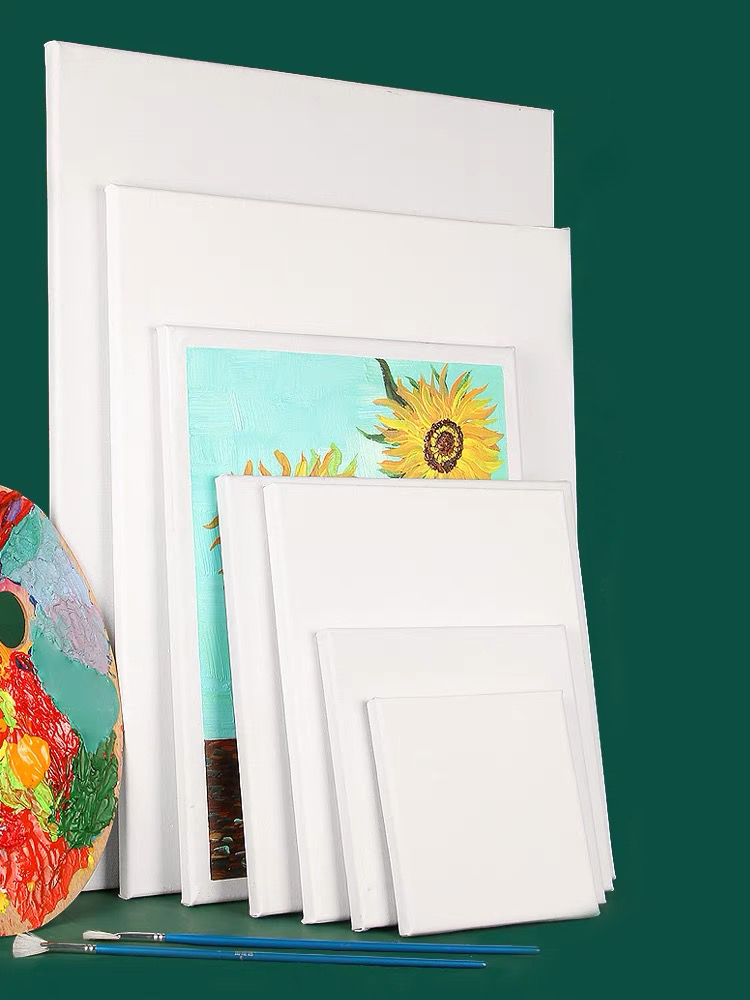How to Choose the Best Canvas for Your Painting?
Choosing the right painting canvas is a critical decision for any artist. The canvas you choose can significantly affect the final result of your painting. With a variety of options available, choosing the canvas that best suits your artistic needs is crucial. In this guide, we’ll show you how to choose the most suitable canvas.

1. Consider the Material:
The first and foremost consideration is the material of the painting canvas. The primary canvas materials include cotton, linen, and blended options. Here’s what you need to know about them:
- Cotton Canvas: Cotton canvas is a popular choice among artists. It offers a smooth and even surface, making it ideal for intricate and detailed work. Cotton canvases are also more budget-friendly.
- Linen Canvas: Linen canvas is made from linen fibers, giving it a natural texture and a rustic feel. Artists often choose linen for a traditional and textured surface.
- Blended Material Canvas: Some canvases combine cotton and linen fibers, offering a balance between smoothness and texture. Blended canvases are versatile and suitable for various painting styles.

2. Texture Matters:
The texture of the painting canvas surface can significantly impact your painting. The texture you choose should align with your artistic intent. Consider the following options:
- Smooth Canvas: A smooth canvas provides an even and minimal texture, making it perfect for works that demand precision and intricate details.
- Fine-Textured Canvas: Fine-textured canvases offer a subtle grain that adds depth and richness to your artwork. They strike a balance between a smooth and textured surface.
- Coarse-Textured Canvas: Artists looking to emphasize surface texture may opt for a coarse-textured canvas. This type is excellent for creating expressive and textured paintings.

3. Primed or Unprimed Canvas:
Canvases can come pre-primed with gesso or unprimed, allowing you to apply your own primer. The choice depends on your preference:
- Primed Canvas: Pre-primed canvases are ready for immediate painting. The primer enhances paint adhesion and color saturation.
- Unprimed Canvas: Unprimed canvases offer artists the freedom to apply their preferred primer, giving them more control over the painting surface.
4. Purpose and Quality:
Consider the purpose and quality of your artwork:
- Professional Canvas: For artists committed to the highest quality and durability, professional-grade canvas is the way to go. These canvases are suitable for artworks intended for exhibitions and sale.
- Student-Grade Canvas: If you’re a beginner or working on practice pieces, a student-grade canvas may be more suitable. They are often more affordable and serve well for learning and experimentation.
5. Thickness and Weight:
The thickness and weight of the painting canvas can vary. Thicker canvases provide additional support and surface texture, which may be desired for certain painting styles.
- Standard Thickness: Standard canvases are suitable for typical painting applications.
- Heavy-Duty Canvas: Thick and heavy-duty canvases offer extra support and surface texture, making them ideal for artists seeking a substantial presence in their artwork.

6. Budget Considerations:
Your budget is a practical factor to consider. High-quality painting canvas can be an investment, but there are also affordable options available, especially for beginners. Choose the best canvas that fits your financial constraints.
In conclusion, selecting the best canvas for your painting is a personal decision that should align with your artistic vision and needs. Whether you prefer a smooth, fine-textured surface for intricate details or a coarse-textured canvas for expressive work, there’s a canvas type to match your artistic aspirations.
Contact us for more information:
